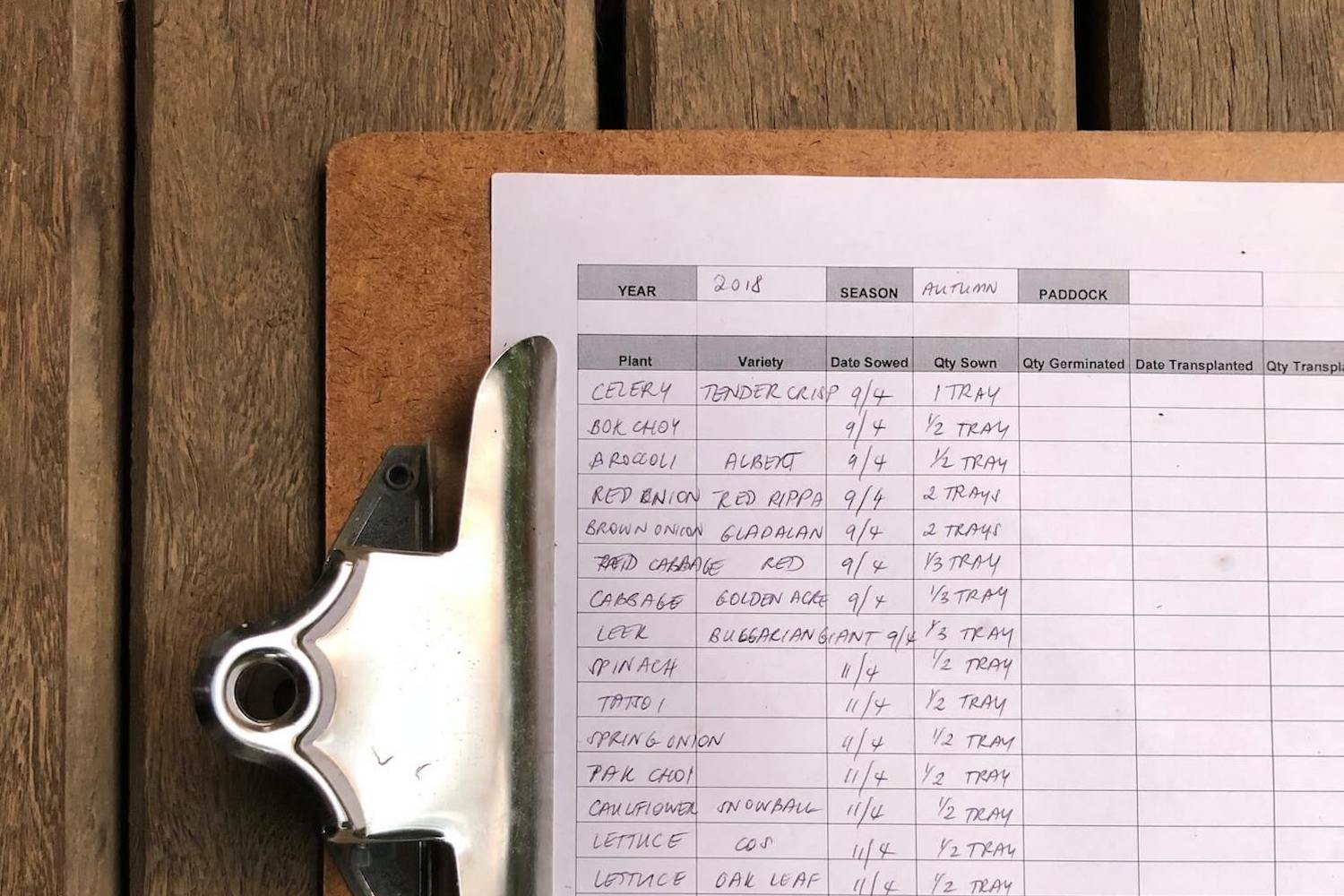
Meticulous record-keeping is essential when it comes to working with food and food safety. And following the introduction of Standard 3.2.2A Food Safety Management Tools, specific, detailed records are now mandated for many Australian businesses in food service. However, many businesses already kept records as per local legislation, and Standard 3.2.2A does not replace that. Instead, it should be read in conjunction with local regulations. Standard 3.2.2A stipulates what records need to be kept and for how long. But if local legislation requires additional records and a longer retention period, you should adhere to that requirement.
What Is Standard 3.2.2A?
Standard 3.2.2A is intended to ensure a unified approach to food safety across Australia, strengthening existing state or territory legislation rather than replacing it. It is particularly concerned with the management and handling of unpackaged, potentially hazardous foods. And it applies both to businesses that prepare these foods for immediate consumption, and those selling ready-to-eat, potentially hazardous foods that were not prepared on-site.
What Constitutes a Record?
When it comes to Standard 3.2.2A, any documentation or object kept for informational purposes is considered a record. The goal is to have documented evidence of all prescribed activities adhering to food safety rules. Records could include:
- Logs of Temperature Monitoring: From storage units through to cooking equipment, these logs show that food is stored and prepared under safe conditions. Helping to prevent the growth of harmful bacteria.
- Schedules for Cleaning and Sanitation: Regular cleaning and sanitation are crucial for maintaining a hygienic environment; these schedules provide a structured approach and proof of adherence to cleanliness standards.
- Documentation of Raw Materials: Documenting details of raw materials, including supplier information, helps trace the origin of food items, which is critical in case of food-borne illness outbreaks.
- Records of Employee Training: Training records show that staff are educated and updated on food safety practices, ensuring a knowledgeable team equipped to maintain food safety standards.
- Logs of Customer Complaints and Incident Reports: Logging customer complaints and incidents is vital for identifying areas of improvement and taking corrective actions to improve food safety.
- Annotations on Invoices: A quick note on an invoice about the temperature when food was received can be simple, solid proof that it was delivered under safe conditions.
- Visual Documentation (Photos or Video Footage): Visual documentation can offer clear and undeniable proof of compliance or identification of issues, making them a valuable part of record-keeping.
- Instructions in Verified Written Form: Documented instructions that have been verified help ensure consistent adherence to food safety protocols.
The documentation for Standard 3.2.2A includes a table setting out prescribed provisions and and what needs to be recorded.
The Significance of Record-Keeping
Keeping detailed records serves multiple purposes:
- It is easier to pick up on food safety issues and take corrective action.
- During audits and inspections, they prove that your business complies with food safety standards.
- They can be used to determine the severity and source in the event of a food safety incident.
Category One and Two Businesses
Category One food businesses have the most stringent requirements for all aspects of Standard 3.2.2A since they process unpackaged, potentially hazardous items into food that is ready-to-eat. As such, they must keep detailed records of more prescribed activities as proof of their adherence to food safety regulations.
Category Two food businesses sell ready-to-eat food, but since they do not make or process the food, they are considered lower risk. Category Two food businesses are not expected to keep detailed records, unless required by local legislation.
How Long Do I Need to Keep Records For?
Businesses that are required to keep records need to retain each record for no less than three months. This is counted from the date of the last entry on the record. This timeframe is established to aid in the investigation of food-borne illness outbreaks, since some bacteria—such as listeria—have a long incubation period.
Although Standard 3.2.2A mandates a minimum of three months retention of food safety records, keeping them for longer can be beneficial. This can allow the business owner and food safety supervisor to identify trends and other issues that need to be corrected. And if your local legislation prescribes those records be kept for longer, this will override Standard 3.2.2A requirements.
To comply with Standard 3.2.2A, it is essential that your business has appointed a certified Food Safety Supervisor who received their certification within the last five years. All employees who handle food or food contact surfaces during work activities are also required to have completed a nationally recognised Food Handling course. Neither course takes longer than a day to complete. Therefore, this aspect of compliance won’t disrupt your business.




